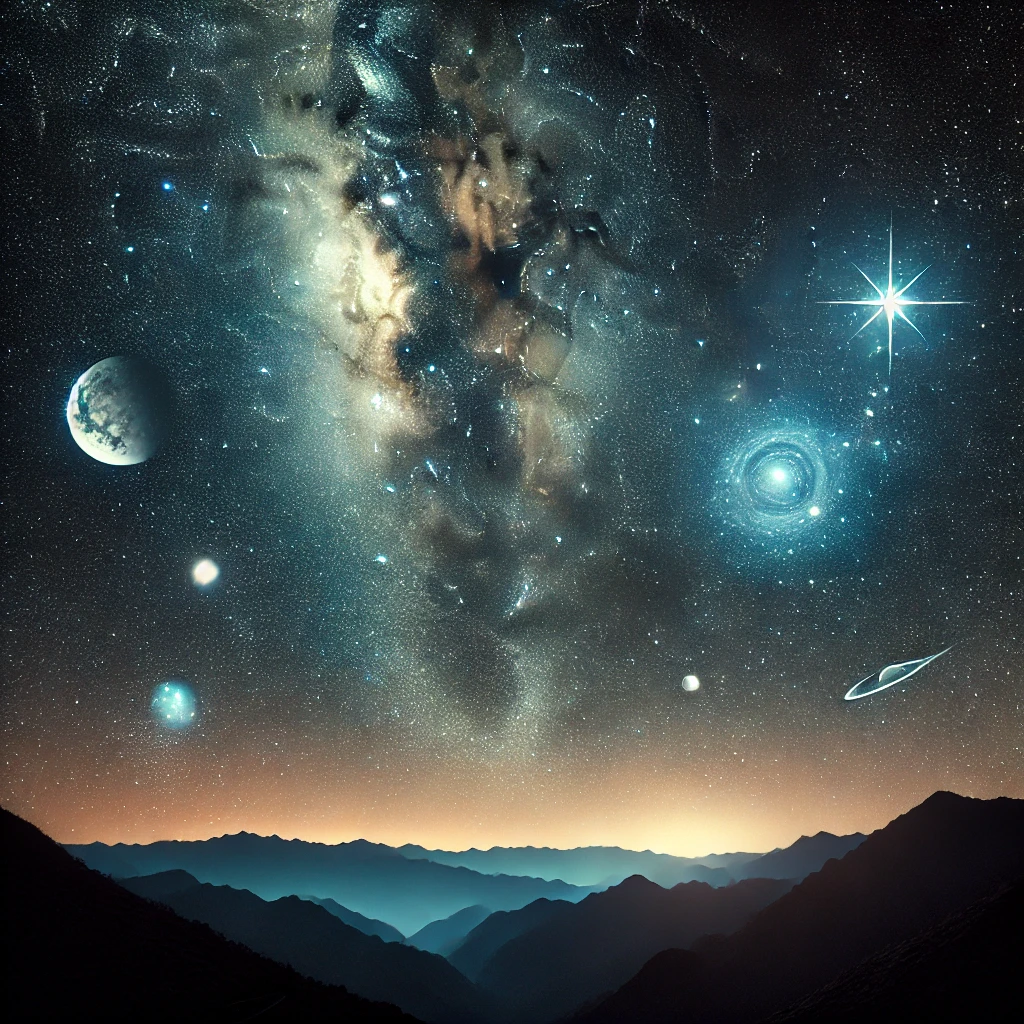The Grand Canyon, one of the most iconic natural wonders in the world, is a testament to the power of natural forces and the passage of time. Stretching 277 miles in length, up to 18 miles in width, and over a mile deep, this majestic landscape offers a window into Earth’s geological history, revealing layers of rock that date back millions of years. In this article, we will explore the origins, geological features, and ecological significance of the Grand Canyon, as well as its cultural and recreational importance.
Origins of the Grand Canyon
The Grand Canyon’s formation is a complex story that spans billions of years. It began with the formation of the rocks that compose the canyon walls, which are part of the Colorado Plateau. This geological province was uplifted due to tectonic forces, which set the stage for the canyon’s creation. The primary sculptor of the Grand Canyon is the Colorado River, which began carving its way through the plateau around 5 to 6 million years ago.
The river’s erosive power, combined with weathering and other geological processes, gradually deepened and widened the canyon. This process was influenced by various factors, including volcanic activity, which deposited layers of ash and lava, and the presence of fault lines that redirected the river’s course.
Geological Features of the Grand Canyon
The Grand Canyon’s geological features are a testament to the dynamic processes that shaped it. The canyon’s rock layers, which are visible along its walls, provide a detailed record of Earth’s geological history. These layers include sedimentary rocks such as limestone, sandstone, and shale, each representing different environments and time periods.
One of the most striking features of the Grand Canyon is the Vishnu Basement Rocks, which are the oldest rocks in the canyon, dating back approximately 1.7 billion years. These ancient rocks, composed primarily of schist and granite, form the foundation upon which the younger sedimentary layers rest.
The canyon also features prominent geological formations such as the Kaibab Plateau, which forms the canyon’s northern rim, and the Coconino Sandstone, a layer of ancient sand dunes that provides evidence of a desert environment that existed around 270 million years ago. Additionally, the Bright Angel Fault, a significant fault line, has played a crucial role in the canyon’s development by influencing the direction and rate of erosion.
Ecological Significance of the Grand Canyon
The Grand Canyon is not only a geological marvel but also an ecological treasure. It supports a diverse range of ecosystems and habitats, from arid deserts to lush riparian zones along the Colorado River. The canyon’s varied elevations and microclimates contribute to this ecological diversity, creating unique niches for different plant and animal species.
The Colorado River, which flows through the heart of the canyon, is a vital water source for the region’s flora and fauna. Riparian habitats along the riverbanks are home to a variety of plant species, including willows, cottonwoods, and tamarisks. These areas also support a diverse array of wildlife, such as beavers, river otters, and numerous bird species.
The Grand Canyon is also home to several endemic species, meaning they are found nowhere else on Earth. These include the Grand Canyon rattlesnake and the Kaibab squirrel. The canyon’s unique environment has allowed these species to evolve and adapt to the specific conditions of their habitats.
Cultural and Recreational Importance
The Grand Canyon has been a place of cultural and spiritual significance for Indigenous peoples for thousands of years. The Havasupai, Hopi, Hualapai, Navajo, and Zuni tribes have long considered the canyon a sacred place and have maintained deep connections to the land. Evidence of their presence can be seen in the form of petroglyphs, pottery, and ancient dwellings found throughout the canyon.
In modern times, the Grand Canyon has become a major tourist destination, attracting millions of visitors each year. It offers a wide range of recreational activities, including hiking, rafting, and camping. Popular hiking trails such as the Bright Angel Trail and the South Kaibab Trail provide breathtaking views and challenging terrain for outdoor enthusiasts.
Rafting trips along the Colorado River offer a unique perspective of the canyon’s grandeur, allowing visitors to experience the powerful forces that continue to shape the landscape. The Grand Canyon’s visitor centers and museums also provide educational opportunities, helping people understand the geological, ecological, and cultural significance of this natural wonder.
Conservation Efforts and Challenges
Preserving the Grand Canyon’s unique landscape and ecosystems is a significant challenge. Human activities, including tourism, mining, and development, pose threats to the canyon’s delicate balance. Conservation efforts are crucial to ensure that future generations can continue to enjoy and learn from this natural wonder.
The Grand Canyon National Park, established in 1919, plays a vital role in protecting the canyon. The park’s management focuses on preserving the natural and cultural resources while providing educational and recreational opportunities for visitors. Efforts to reduce the environmental impact of tourism include promoting sustainable practices, such as using shuttle buses to reduce traffic congestion and pollution.
Additionally, collaborations between the National Park Service, Indigenous tribes, and conservation organizations aim to protect the canyon’s ecosystems and cultural heritage. These partnerships are essential for addressing the complex challenges of conservation in such a dynamic and multifaceted environment.
Conclusion
The Grand Canyon is a geological marvel that offers a glimpse into Earth’s ancient history and showcases the power of natural forces. Its stunning landscapes, diverse ecosystems, and cultural significance make it a treasure worth preserving. As we continue to explore and enjoy this natural wonder, it is crucial to recognize our responsibility in protecting it for future generations. By fostering a deeper understanding and appreciation of the Grand Canyon, we can ensure that this magnificent landscape remains a source of inspiration and wonder for years to come.
